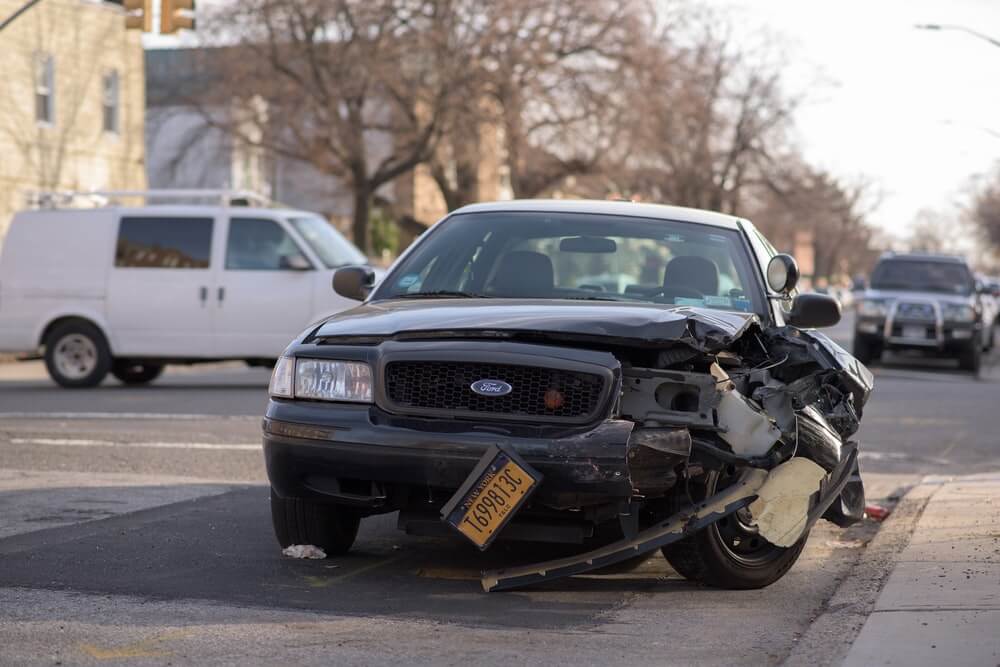
Car-Accident
Determining fault in a car accident is crucial when it comes to insurance claims and legal proceedings. Several factors are considered to determine who was at fault in a car accident. Firstly, evidence such as police reports, eyewitness testimonies, and photographs of the accident scene can play a significant role in establishing fault. These pieces of evidence can provide valuable information about how the accident occurred and help paint a clearer picture for investigators.
State traffic laws are essential in determining fault. Each state has its own set of rules and regulations that drivers must adhere to while on the road. If one driver violated any of these laws leading up to or during the accident, they may be deemed at fault for the collision.
Identifying the careless driver who caused the collision is a necessary step in determining liability in a car accident. Identifying the driver can be easy, but determining fault can be challenging due to multiple entities like law enforcement, insurance companies, and courts.
Regardless of disagreements between parties over culpability for the accident, some of the following guidelines may still be relevant. find out more.
How Police Establish Fault in a Car Crash
Police conduct a thorough investigation into car accidents to determine fault. They analyze the accident for physical evidence, interview drivers, passengers, and witnesses, and gather critical information. The police report may contain a statement about who was at fault, but it doesn’t always assign blame. Many police reports do not include a determination of fault, but they can provide crucial details about the accident.
Evidence, photographs, and video are essential in establishing fault. Police may issue traffic citations as part of their investigation, accusing a driver of violating a traffic law or imposing a penalty. While a citation may not prove who is legally responsible for a car accident in a lawsuit, it can serve as evidence of negligence.
How Courts Establish Fault In A Car Accident
A car accident victim may file a lawsuit to recover damages and injuries. The court determines who was at fault by considering the defendant’s negligence. The court considers arguments from lawyers and evidence from witnesses, police officers, and experts. A judge or jury will determine if the other driver was negligent and compensate for injuries and losses. It’s important to note that police reports and insurance company fault determinations do not control the outcome of a court case. Evidence of a traffic violation, such as a traffic citation, can also help establish negligence per se, indicating the party responsible for the accident.
Evidence Used To Determine Who Was At Fault In A Car Accident
Collecting evidence is vital for determining fault in a car accident, whether in an insurance claim or lawsuit. Property damage, such as damaged vehicles, is a major factor in determining fault. Taking pictures and videos of damaged vehicles can help determine the driver’s negligence. Injuries, such as head or soft tissue injuries, can be documented by a doctor, who can provide testimony about the accident’s cause. Surveillance footage, such as video footage, can also be used to determine fault. Forensic analysis is essential in evaluating complicated accidents involving multiple vehicles, as it can help determine the likely path and speed of the vehicles, the impact location, and the cause of the collision.
Conclusion
Car accidents can be overwhelming, involving police, insurance, and potential lawsuits. Seek help from experienced lawyers to determine fault and seek justice.






